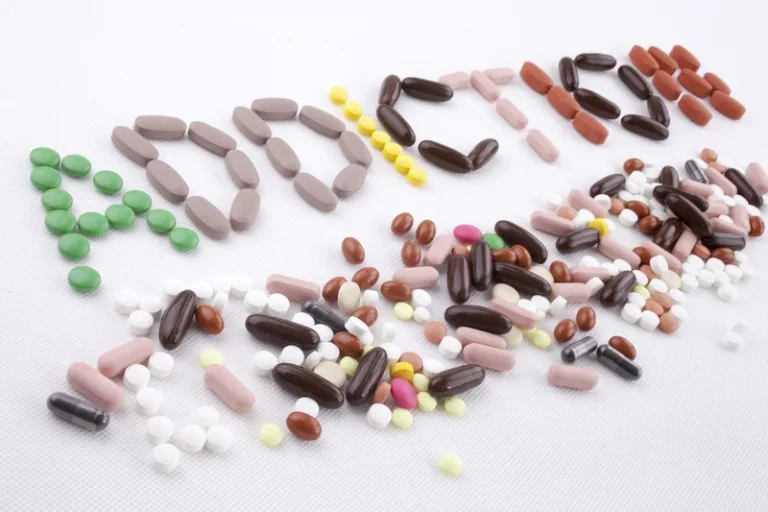
However, there is a lack of research to confirm the effectiveness of these therapies. Before trying any alternative therapy for FAS, parents or caregivers should speak with the child’s pediatrician or a doctor who specializes in FASDs. Substance misuse counseling and treatment programs can help with overcoming alcohol or recreational drug use. Joining a support group or 12-step program such as Alcoholics Anonymous also may help.
Fetal Alcohol Spectrum Disorders
- It’s also recommended that you avoid beverages containing alcohol when you’re trying to become pregnant.
- Instead, these secondary effects happen as a result of having FAS.
- Over time, a number of secondary effects can happen in people with FAS, particularly in those who aren’t treated for the condition in childhood.
However, excessive drinking over time before conception can have an impact. Drinking in moderation is likely to be fine while trying to conceive. However, the less a person drinks, the better it is for their health.

What is the treatment for FASDs?
In general, the diagnostic team includes a pediatrician and/or physician who may have expertise in fetal alcohol spectrum disorders, an occupational therapist, a speech-language pathologist, and a psychologist. Prenatal exposure to alcohol can lead to serious conditions such as fetal alcohol syndrome disorders (FASDs). The most severe type of FASD — fetal alcohol syndrome — may cause distinctive facial features. Fetal alcohol spectrum disorder (FASD) describes a group of permanent symptoms experienced by people who were exposed to alcohol in utero (during pregnancy).

What are other effects of FASDs?

An FASD diagnosis provides families, pediatricians and nonphysician clinicians a framework for understanding an individual’s behavior. Science indicates that therapeutic interventions, special education and support services improve outcomes for patients and families. The protective effect of early FASD diagnosis can reduce the risk of additional disabilities and mitigate lifelong consequences.
The cranial neural crest cells (NCCs) contribute to the formation of the craniofacial bones. Exposure to 2% ethanol (alcohol) induced craniofacial defects in the developing chick fetus. Immunofluorescent staining revealed that ethanol treatment downregulated Ap-2, Pax7, and HNK-1 expressions by cranial NCCs. The use of double-immunofluorescent stainings for Ap-2/pHIS3 and Ap-2/c-caspase 3 showed that alcohol treatment inhibited cranial NCC proliferation and increased NCC apoptosis. Alcohol exposure of the dorsal neuroepithelium increased laminin, N-cadherin, and cadherin 6B expressions while Cadherin 7 expression was repressed. In situ hybridization also revealed that ethanol treatment up-regulated cadherin 6B expression but down-regulated slug, Msx1, FoxD3, and BMP4 expressions, thus affecting proliferation and apoptosis.
Most of our data come from animal models and associations with alcohol exposure. Individuals with FASDs may experience a wide range of symptoms or secondary conditions. There celebrities with fetal alcohol syndrome are a number of medications and other treatments that help manage the effects of FASDs. In a 2023 study, scientists analyzed prenatal alcohol exposure and facial shape.
- Exposure to 2% ethanol (alcohol) induced craniofacial defects in the developing chick fetus.
- Any alcohol consumption can affect a developing fetus, and you don’t have to have an alcohol addiction for your drinking to have impacts, says Dr. Uban.
- To diagnose fetal alcohol syndrome, doctors look for unusual facial features, lower-than-average height and weight, small head size, problems with attention and hyperactivity, and poor coordination.
